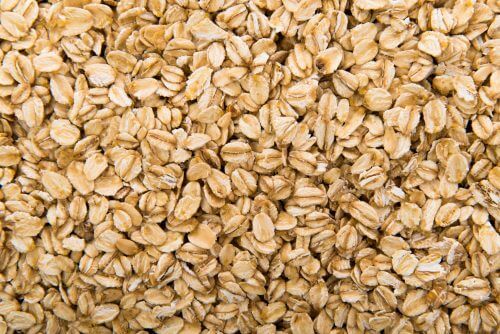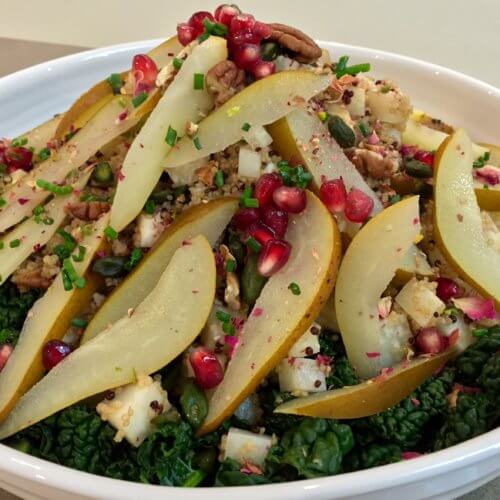As vegetarian week is drawing to a close, no doubt you would have been bombarded with lots of vegetarian recipes left, right and centre. Finding new ideas and inspiration on how to tackle a new ingredient or a fresh look on something you use every day is always a good thing. However, if you are a vegetarian, you know it is important to get a plant based source of protein and that is something that might require a little research.
Quinoa and Amaranth
These are seeds belonging to the same family of flowering plants. They are both gluten free and are a good source of protein (with 4g per 100g of cooked quinoa), carbohydrate and fibre. Quinoa comes from the Andean region of South America and was first cultivated almost 4000 years ago around the lake Titicaca.
When cooked the seeds swell up and become juicy, but with a pleasant crunch left to them. Basically use them as you would rice or any other grain. For added flavour, cook them in stock or even vegetable juice, such as beetroot for an earthy flavour and a striking colour. Try adding them to salads, veggie burgers or bake for quinoa cripies and use as a topping for desserts, yoghurt or granola.
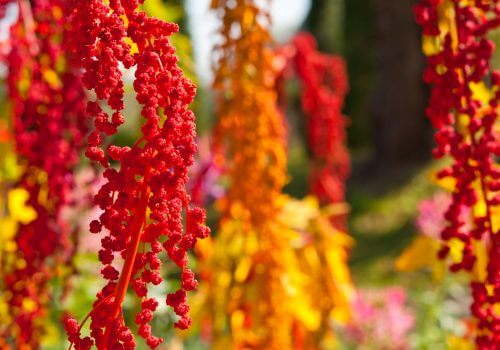
Tofu and tempeh
Soy in general (milk, beans and other products) are a popular source protein with a whopping 36g per 100g of raw beans. Tofu is an unfermented bean curd, whilst tempeh are whole soy beans fermented and pressed. Plain tofu might not be exciting or even palatable to some, but it is a great vehicle for flavour. When you marinate firm tofu or cook it in sauces and stews, it soaks up the flavours like a sponge. Tempeh does have a little more flavour, but can still soak up lots more. It is firmer than tofu and can be used in very much the same way. Our firm favourite is marinated tempeh slices in soy sauce, dipped in flour and then fried. This results in a satisfyingly crispy outer layer with soft, salty centre.
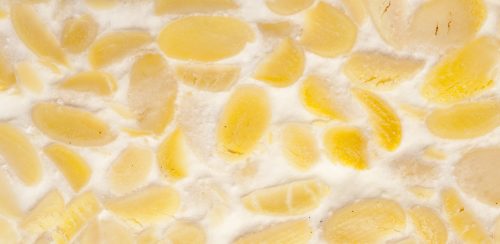
Lentils and beans
Beans work well added to soups, stews, casseroles, veggie burgers … well – pretty much any dish. Try adding them cold to salads or even smoothies! They, however, often need to be soaked over night, if you’re buying them in dry. If it is a speedy protein hit you are looking for, lentils are great, as they can be cooked immediately and something like orange split lentils only take 20 minutes to cook. They will beautifully thicken up soups or if served flavoured with spices they make for a speedy dal and any leftovers can be used up in salads. They become smooth when blended – think hummus, butterbean dip or whipped black beans and with feta cheese. Their protein content varies, but green, black, kidney and pinto beans are among the most abundant ones.
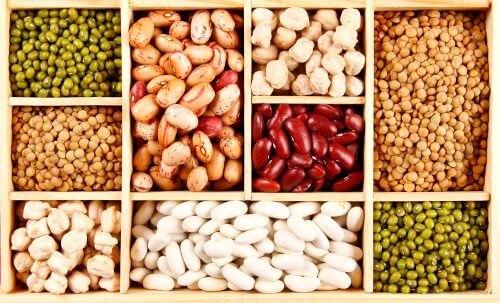
Seeds and nuts
Seeds and nuts are probably the easiest ones to incorporate in to your diet – in muesli for breakfast, roasted or raw as a snack, in ‘butter’ or ‘milk’ form and in pretty much any dish that could use a bite of texture. Hemp, pumpkin and sunflower seed, pine nut and walnut are among the ones with the highest protein content. Cashews are also great source of protein and when soaked for a few hours, they open up a door to a plethora of creamy dishes – vegan desserts, cheese and sauces.
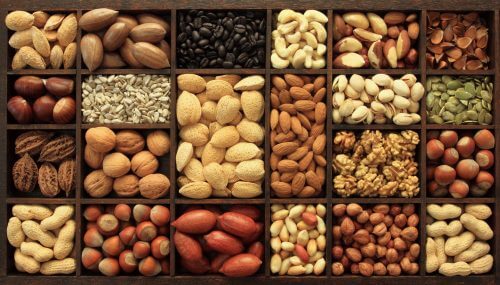
Oats
Again, oats are really easy to incorporate into your daily diet – soak overnight and they are ready to eat, cook for a few minutes for a rich porridge or bake for a crunchy granola. They can also be blended into smoothies or added as a thickener. Oat flour is also great for baking and adding texture instead of breadcrumbs. They contain roughly 16g of protein per 100g.
